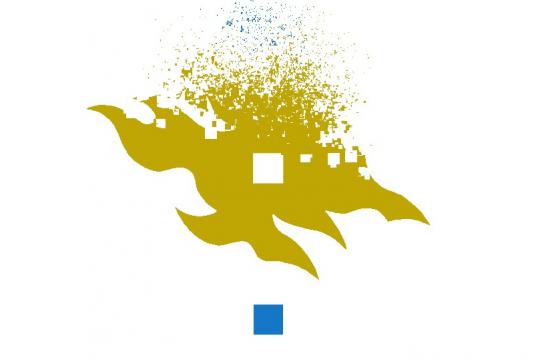Helsinki University dropped from top 100

The largest Scandinavian daily, Helsingin Sanomat, reported the last week that the University of Helsinki had dropped from the top 100 universities in the Shanghai ranking. Now several Finnish academicians have responded. The take-home message of the response could be summarized as Don't take these rankings seriously!
Are these rankings really a meaningless indicator of university quality, just a part of the "attention economy"? This is certainly true for those rankings that are not completely transparent about how the ranking procedure works. And for those that are opening up their methodology completely, Goodhart's Law still applies: When a measure becomes a target, it ceases to be a good measure. Everything is good then, despite Helsinki University's downfall from the upper echelons of academic research, right? Perhaps not.
The many university rankings (Shanghai, THE, and QS being perhaps the most influential) are just one of many targets that Finnish universities aim at. Another - and perhaps a practically much more important one - is the scheme according to which the Finnish Ministry of Education distributes money among Finnish universities. This scheme might be the secret driver behind the decline of Helsinki University. Under the Sipilä government (2015-2019), the distribution criteria were changed so that the number of produced degrees increased in importance while scientific research (as measured by publication output) became less important. Helsinki University is very research-focused. As a matter of fact, after the changes to the money distribution scheme, Helsinki University's research output reaches the maximum yearly points that can be given typically at the end of the summer. All publications after that until the end of the year do not improve Helsinki University's standing compared to the other domestic universities. In Finland, the money from the ministry is very important since they do not operate on multi-billion-dollar endowments as most large US universities do.
The HS article specifically mentions that these rankings are not a good way to measure the quality of teaching and, thus, should not influence students' decisions about where to study. However, some rankings do have meaningful metrics. For instance, the THE ranking compares the ratio between students and teachers. Obviously, if a university does not have enough teachers, it will not be able to deliver good teaching. Bad teaching is neither good for students nor the NYT ranking. I agree that some rankings include questionable practices, such as asking more-or-less randomly selected scientists about what universities they think are the best in their fields. I myself have been contributing to such a ranking in 2021. I tried to skew the needle in favour of Finland and Germany as much as I ethically could justify to myself.
Although flawed, I would not completely dismiss rankings. The HS article concludes with a similar sentiment: that the displacement of Helsinki University from the top 100 should be a warning sign to the present government to finally put Finnish Universities on equal grounds with the other Scandinavian (Swedish, Danish and Norwegian) universities which have not suffered from nearly two decades of declining funding. However, this warning sign comes very late, although the decline has been obvious for quite some time for those following university news. The funding situation has already resulted in irreversible losses of human capital. When the purchase-power-adjusted funding for the University of Helsinki went down for the first time, everybody knew that it would take many years before the effects of the funding cuts would become blatantly evident. It finally happened, with a delay of more than ten years. Thanks to all the politicians that have contributed since 2005 by not doing anything, doing not enough or even actively supporting the dismantlement of Finnish academic research. 2005 was the year when I realized that university funding had declined for the first time in real terms.



